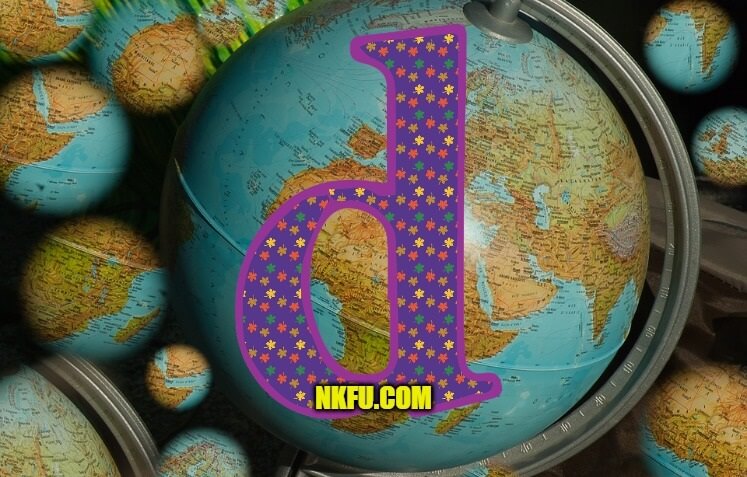D harfi ile başlayan ingilizce ülkeler, bayrakları ve Türkçeleri nelerdir? D harfiyle ingilizce ülkeler ve anlamları listesi.

Kaynak: pixabay.com
D Harfi İle Başlayan İngilizce Ülkeler
| Bayrağı | İngilizcesi | Türkçesi |
| Denmark | Danimarka | |
| Djibouti | Cibuti | |
| Dominica | Dominika | |
| Dominican Republic | Dominik Cumhuriyeti |
Aşağıda tablodaki ülkelerden birinin ingilizce tanıtımını bulabilirsiniz.
Djibouti
Djibouti is a small country located on Africa’s east coast, bordered by Somalia to the south, Ethiopia to the west and south, Eritrea to the north, and the Gulf of Aden and the Red Sea. Djibouti’s official name is the Republic of Djibouti, but was formally French Somaliland and then the Territory of the Afars and the Issas. Djibouti’s region has been inhabited since the Neolithic age and pottery from before the 2nd millennium has been found on the Gobaad Plain, at an inland lake called Asa Koma. Djibouti’s land is scattered with highlands and plateaus but is mainly a stony desert.
Facts:
- Djibouti covers an area of 8,486 square miles in the Horn of Africa.
- The Republic of Djibouti’s capital city is also called Djibouti.
- The name Djibouti is derived from the word ‘gabouti’ – a doormat made from palm fibers.
- The two official languages of Djibouti are French and Arabic. Other languages spoken include Somali and Afar.
- Approximately 60% of Djibouti’s population is Somali, 35% is Afar, and the remaining 5% is made up of French, Italian, Arab, and Ethiopian people.
- Djibouti allows for freedom of religion but 94% of its residents are Islamic, with the remaining being Christian.
- Djibouti’s unemployment rates are very high – almost 60% in urban areas and 80% in rural areas.
- Djibouti’s population is approximately 810,000.
- While agricultural land is scarce at only 0.09% of Djibouti’s total land area, it is possible to grow some fruit and vegetable crops.
Approximately 90% of Djibouti’s land is desert. - On Mt. Goda there is vegetation growing that is rare for the Djibouti region. Here wild olive trees, acacias, and giant juniper trees can be found growing. The rest of Djibouti’s land has mostly typical desert vegetation such as palm trees and thorn scrubs.
- Other agriculture includes goat, camel, and sheep farming.
- Industry in Djibouti includes salt, agricultural processing, and construction.
- Djibouti has natural resources such as gold, clay, petroleum, salt, marble, limestone, pumice, gypsum, and granite.
- Common exports from Djibouti include animal hides, and coffee.
- Common imports into Djibouti include beverages, food, petroleum products, chemicals and transportation equipment.
- Djibouti’s major trading partners include Indonesia, China, Somalia, Saudi Arabia, Yemen, and India.
- Djibouti gained its independence from France on June 27th, 1977. June 27th each year is celebrated as the country’s Independence Day.
- The monetary unit in Djibouti is the Djibouti franc.
- Djibouti has five regions including the Ali Sabieh Region, the Arta Region, the Dikhil Region, the Djibouti Region, the Obock Region, and the Tadjourah Region.
- Djibouti is a very warm region, with summer temperatures reaching 106 degrees Fahrenheit. In the winter in some areas the temperature can drop to freezing.
- Although Djibouti is mainly desert, it is still home to diverse wildlife including 455 fish species, 40 reptile species, 3 amphibian species, 66 mammal species, 360 bird species, and 493 invertebrate species.
- Djibouti cuisine is commonly made with Middle Eastern spices such as cinnamon and saffron. Common dishes include yetakeit wet (spicy stew), Fah-fah (spicy beef soup), and halva (a type of sweet).